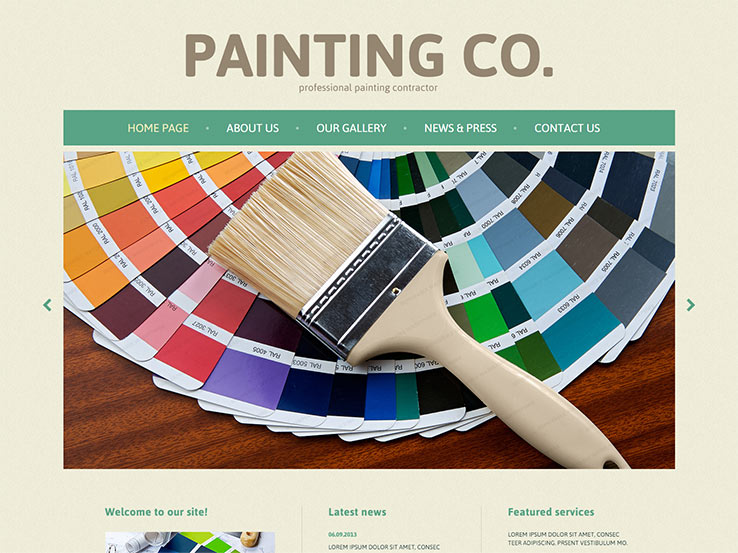Discover How Seasonal Impacts Can Affect The Effectiveness Of Commercial External Paint And Find Out One Of The Most Favorable Times To Make Sure Resilient Outcomes For Your Project
Discover How Seasonal Impacts Can Affect The Effectiveness Of Commercial External Paint And Find Out One Of The Most Favorable Times To Make Sure Resilient Outcomes For Your Project
Blog Article
Post Created By- mouse click the following web page
When you're intending a business exterior painting task, seasonal elements can make or damage your results. You'll intend to consider exactly how temperature and humidity influence paint application and drying times. Selecting the ideal period can guarantee your paint adheres effectively and lasts much longer. But which periods are absolutely the most effective for this kind of job? Let's discover the key elements that can affect your task's success.
The Impact of Temperature on Paint Application
When you're preparing a commercial exterior paint job, the temperature level can substantially affect just how well the paint sticks and dries out.
Preferably, paints for commercial floors wish to paint when temperature levels vary in between 50 ° F and 85 ° F. If it's also chilly, the paint may not treat appropriately, bring about problems like peeling off or splitting.
On the flip side, if it's as well hot, the paint can dry also rapidly, preventing proper bond and leading to an unequal coating.
You should additionally consider the time of day; morning or late afternoon uses cooler temperature levels, which can be much more desirable.
Always check the supplier's recommendations for the certain paint you're using, as they often provide support on the excellent temperature level variety for ideal outcomes.
Humidity and Its Result on Drying Times
Temperature isn't the only ecological factor that affects your business external painting task; humidity plays a considerable role too. High humidity degrees can decrease drying times considerably, influencing the general top quality of your paint job.
When the air is saturated with moisture, the paint takes longer to cure, which can lead to concerns like inadequate adhesion and a higher threat of mildew development. If you're painting on a specifically humid day, be gotten ready for prolonged wait times between coats.
It's important to keep an eye on regional climate condition and strategy accordingly. Ideally, aim for humidity levels between 40% and 70% for ideal drying.
Keeping these consider mind guarantees your task remains on track and provides an enduring surface.
Best Seasons for Commercial Outside Painting Projects
What's the very best season for your commercial outside paint projects?
Spring and early fall are commonly your best bets. During these seasons, temperatures are moderate, and moisture levels are commonly reduced, developing suitable conditions for paint application and drying out.
tulsa doors , which can trigger paint to completely dry too rapidly, causing bad bond and coating. In a similar way, winter months's chilly temperature levels can hinder proper drying out and healing, taking the chance of the longevity of your paint task.
Aim for days with temperature levels in between 50 ° F and 85 ° F for optimum outcomes. Bear in mind to inspect the neighborhood weather forecast for rain, as wet problems can ruin your job.
Planning around these aspects guarantees your paint task runs efficiently and lasts much longer.
Conclusion
To conclude, planning your industrial outside painting jobs around seasonal considerations can make a substantial difference in the result. By organizing work throughout the suitable temperature levels and humidity levels, you'll make sure far better attachment and drying out times. Keep in mind to keep an eye on local weather forecasts and pick the right time of year-- spring and early loss are your best bets. Taking these steps will certainly help you achieve a resilient and professional finish that lasts.
